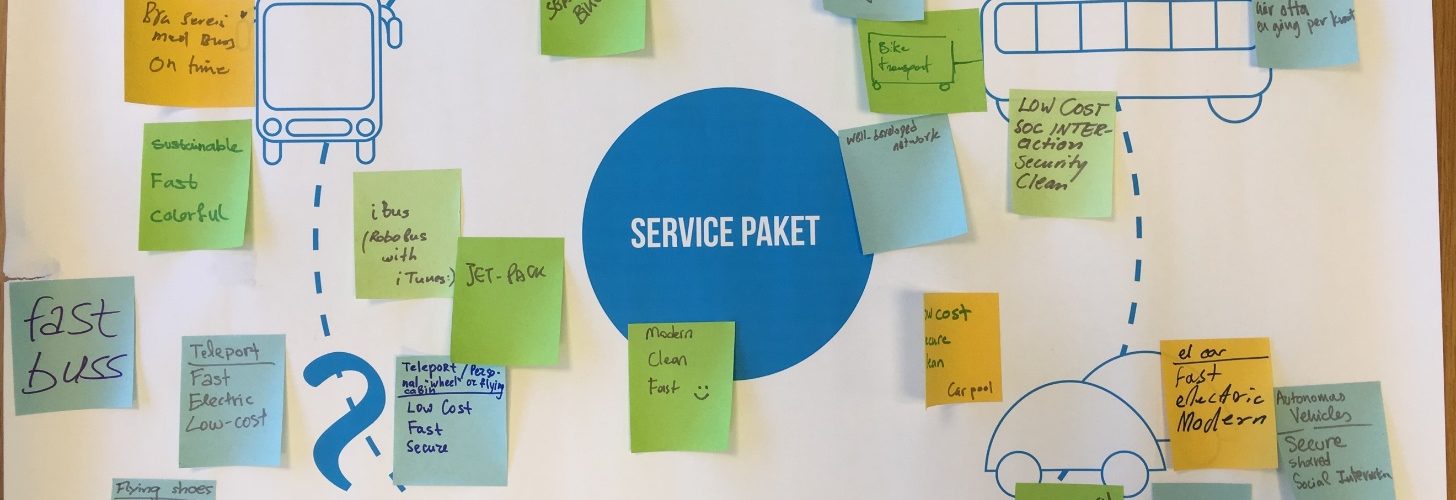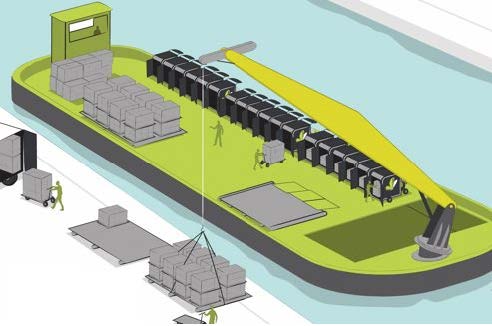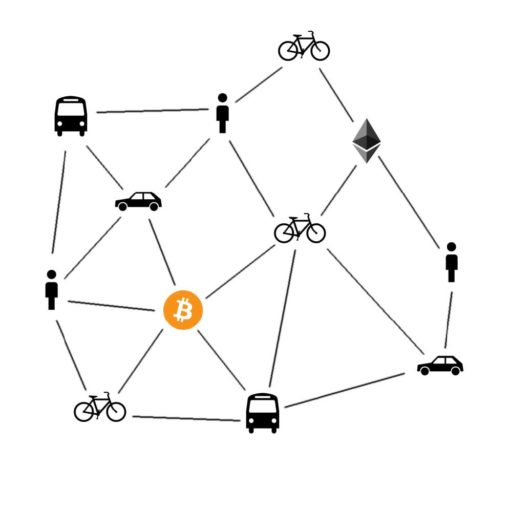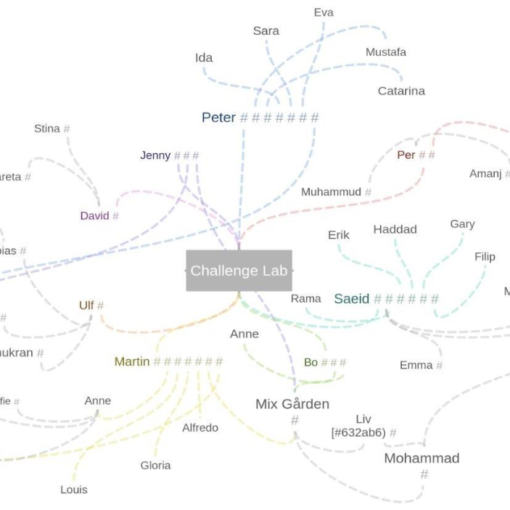Amanda Blomqvist, 2016
This thesis was conducted within the Challenge lab with the purpose of finding a mobility
service that can function as an alternative to a private car in the developing area Frihamnen in
Gothenburg city. The thesis describes a transport service package aimed to enable the new
Frihamnen area in Göteborg to reach their goal of reducing car use, and it also describes how
the transport service package was developed and the process used to determine the
requirements on the services. ChallengeLab is a cooperation between university, private and
public sector to enable students to develop solutions for multi stake holder challenges.
Backcasting was the main method used throughout this thesis with support of design methods
to conduct user research, idea generation and evaluation of the different concepts
development throughout the study.
The theme of this thesis was developed based on a dialog about transportation challenges in
Gothenburg with representatives of the triple helix. The author of the thesis found the
challenge of how to reduce the need of private owned cars in the new residential area
Frihamnen in Gothenburg especially interesting. Since Frihamnen have the goal of being
innovative and want to reduce noise, emissions and create a so called “city for the people”, a
parking policy called 0.1 will be implemented to reduce the number of cars in the area.
Frihamnen wants to provide the inhabitants of the area with an alternative to the private car
and the idea is that this alternative will enable the acceptance of the 0.1 parking policy by the
inhabitants.
In this project, the ideas of mobility as a service, sharing economy and ICT was used to
design a solution. Surveys and interviews were conducted to understand the mobility habits
and needs of potential users of the solution. Based on these a service package was designed
consisting of bikes, shared cars and autonomous buses. One of the main findings was that a
single product (such as a bike) cannot fulfil the mobility needs of the users and this led to the
idea of having several mobility options in a single service. Another important finding was that
there are a lot of emotions connected to the use of a car and these emotions need to be
considered when developing a mobility alternative. A third important finding was the
importance of having total connectivity between the mobility options inside the service to
increase the safety and to get a comfortable user experience. This project shows one possible
way of challenging today’s mobility structures which can provide a high service level and
give room for new exciting mobility solutions.
Read the full report here.





